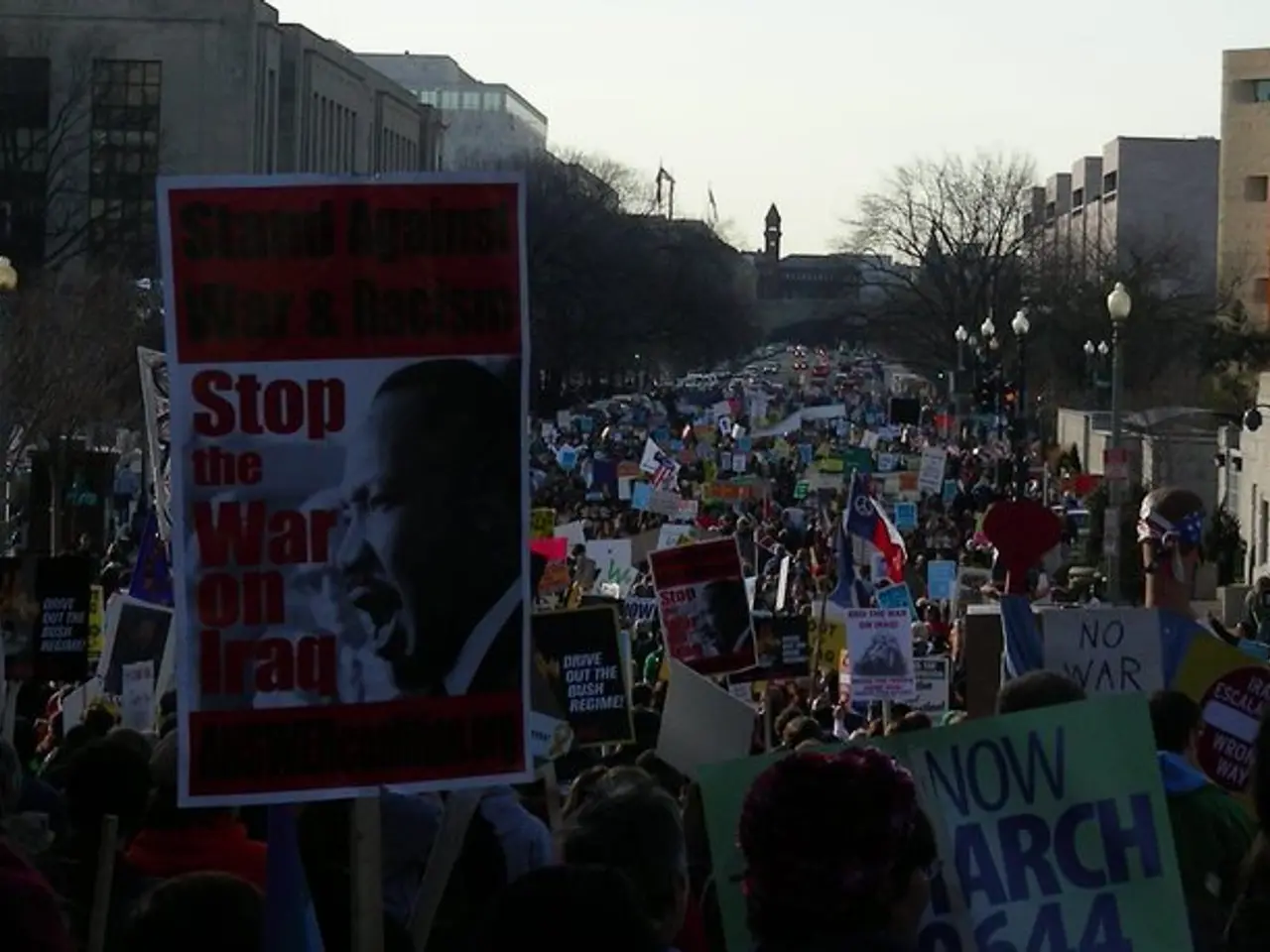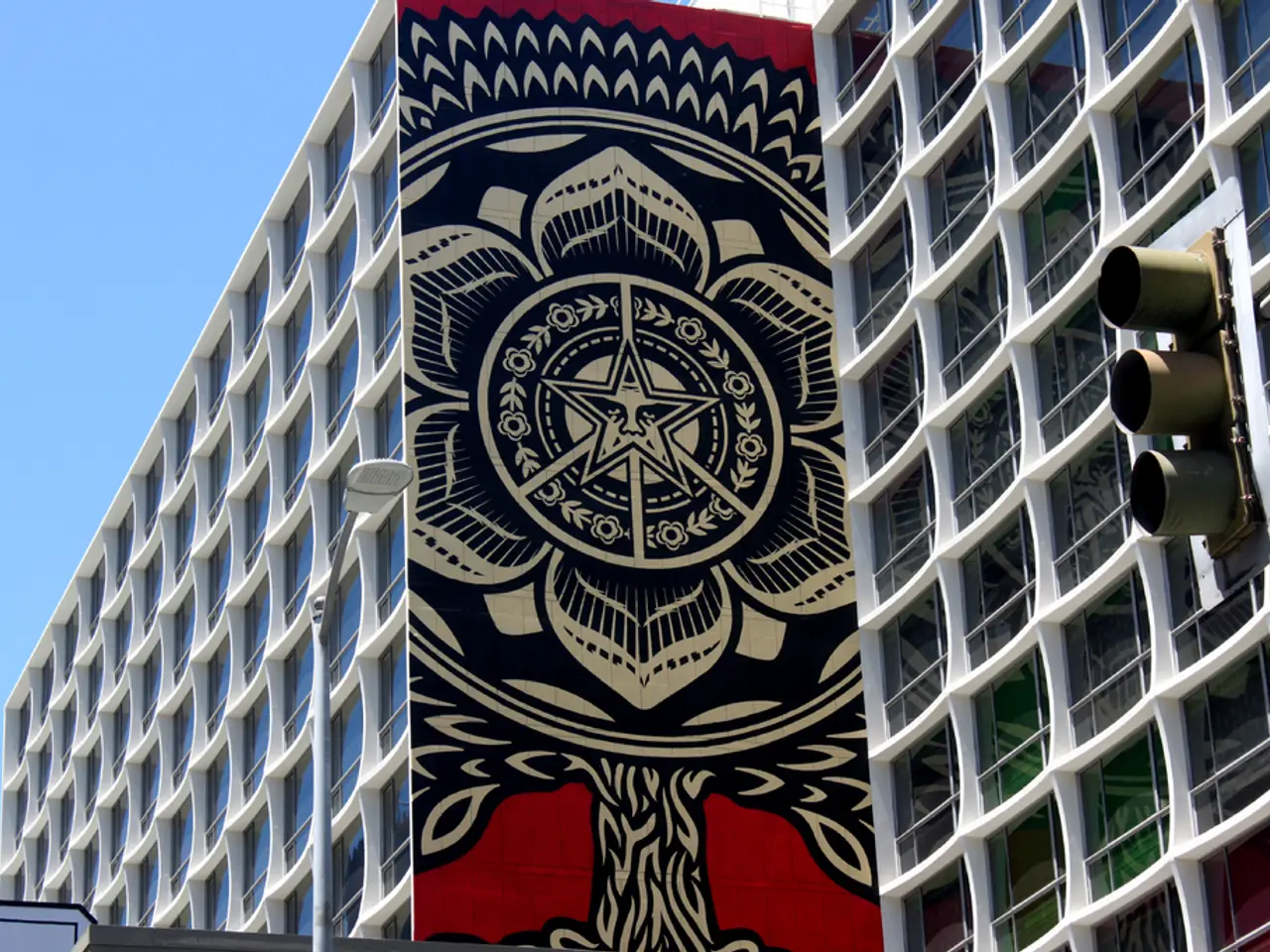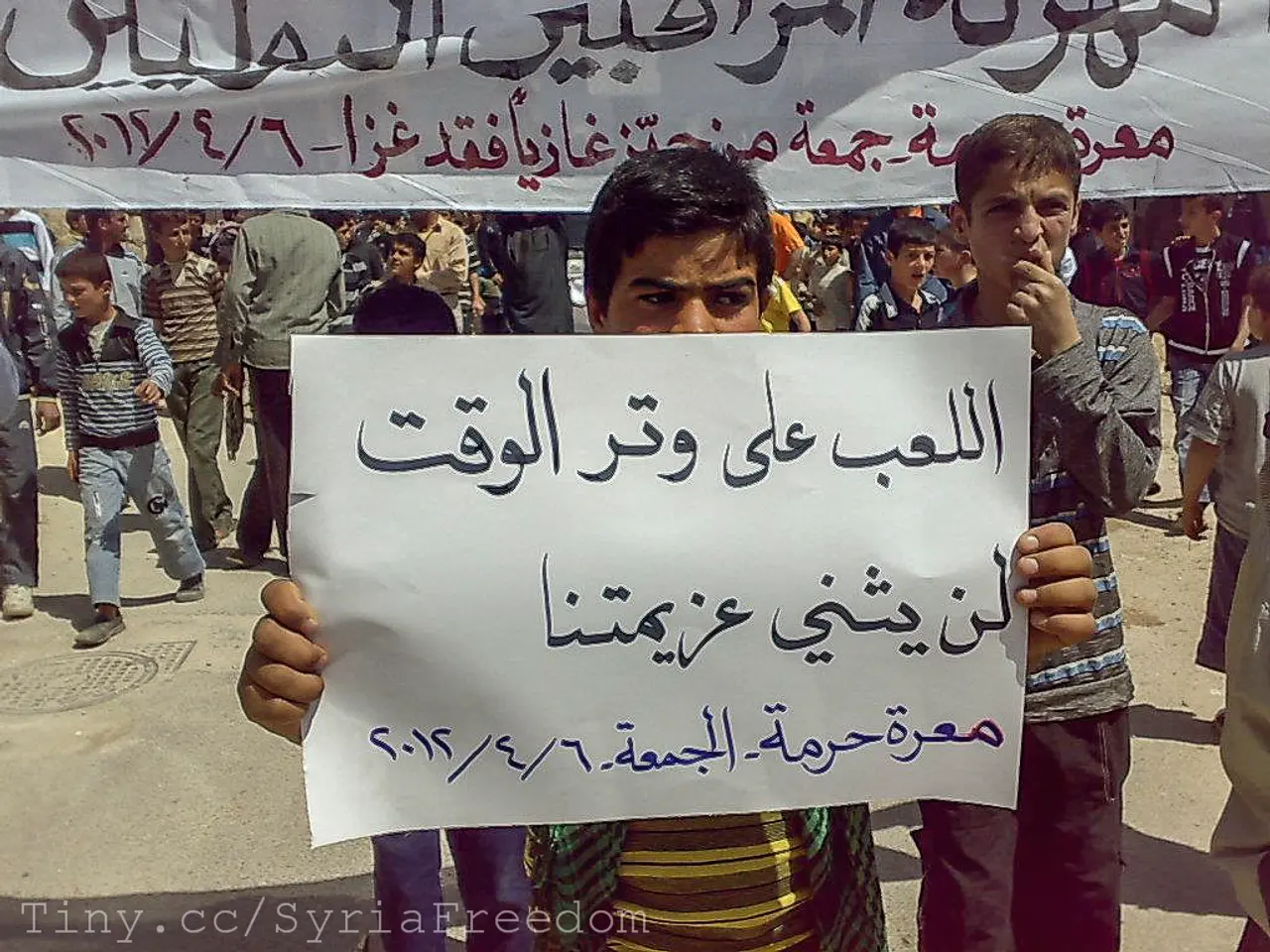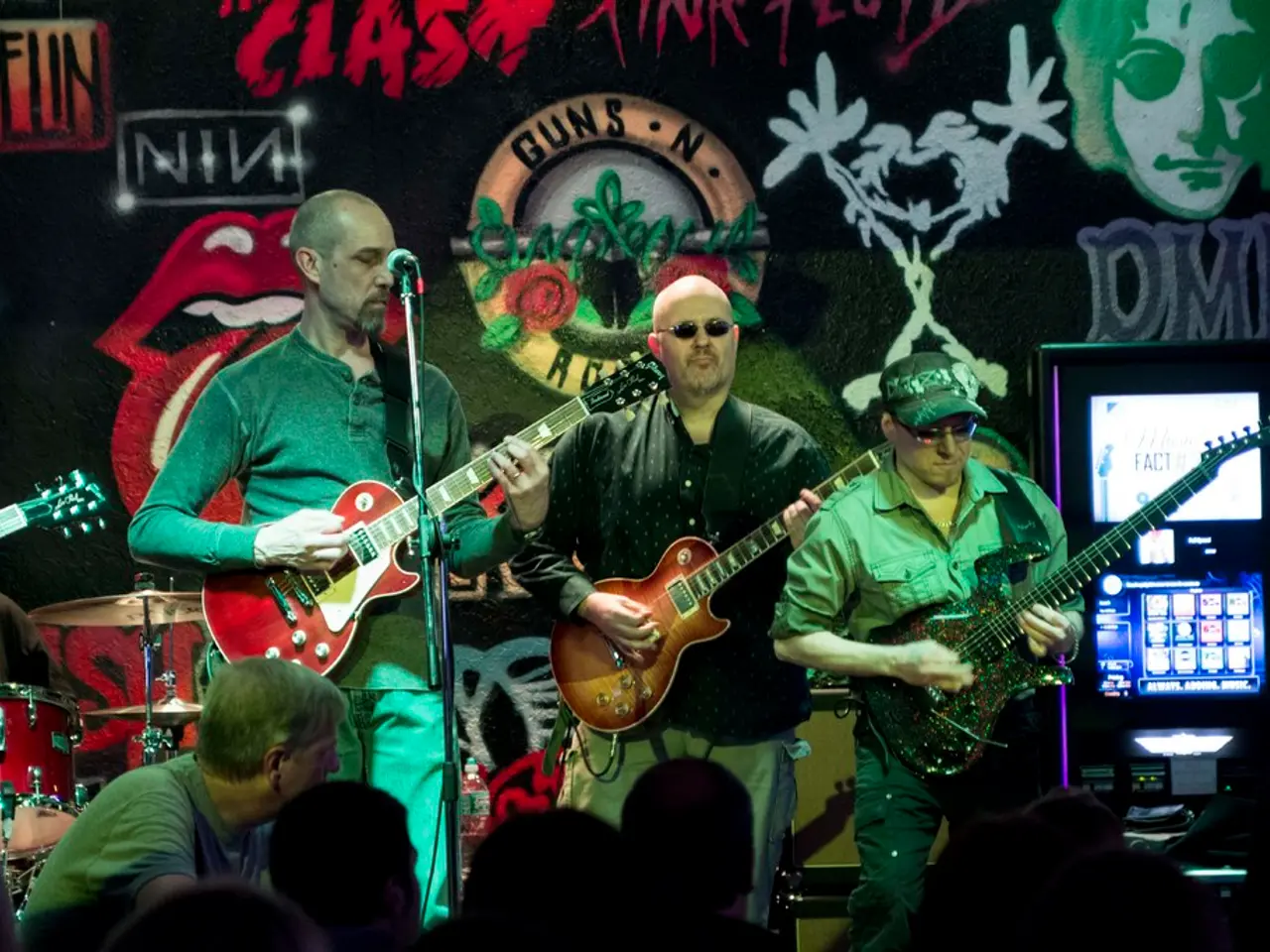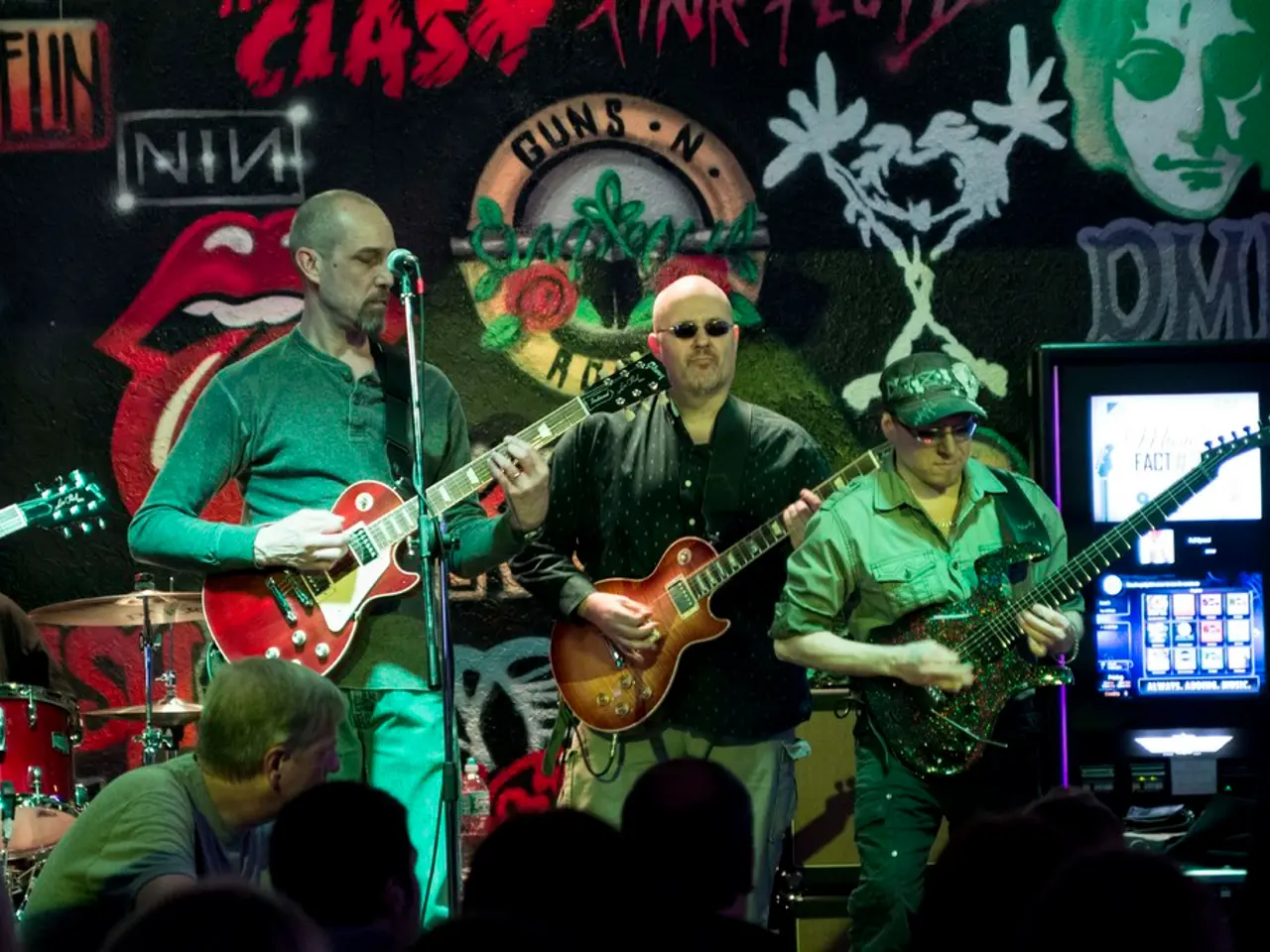Struggle of the Soul Unveiled
The Tragic Era of the Executed Renaissance in Ukraine
The Executed Renaissance was a dark period in Ukraine's history, marked by the systematic persecution and elimination of a generation of intellectuals, artists, and writers during Stalin's rule in the 1930s. This cultural catastrophe left an indelible mark on Ukraine's cultural landscape.
During this time, traditional holidays were outlawed, and Communist festivals were imposed. Ukrainian folk traditions were suppressed, and local publications were shuttered. The cultural landscape of Ukraine was flattened into a grey Soviet monotone, reduced to propaganda and devoid of original artistic expression.
The Soviet regime's aim was not merely to conquer Ukraine but to remake it in Moscow's image, erasing any trace of a people whose history, beliefs, and traditions stood in the way of Soviet imperial uniformity. The Ukrainian Soviet Socialist Republic became a linguistic colony, with Russian as the dominant language. Ukrainians had to adapt to survive and succeed under this cultural colonization.
The Executed Renaissance was a vibrant cultural revival that flourished in the 1920s, but it was brutally crushed by Stalin's regime. This campaign of persecution devastated Ukrainian culture, eradicating much of its creative and intellectual elite. Many works were destroyed or hidden, and Ukrainian intellectual elites faced mass arrests and executions as part of Stalin's Great Purge.
The impact on Ukrainian culture was profound. It created a void in Ukrainian language, literature, and arts since the leading creative minds were lost or silenced. This cultural repression led future generations of Ukrainian intellectuals in the 1960s, known as the Sixtiers, to face similar crackdowns, and the void delayed the development of modern Ukrainian cultural identity.
Stalin's regime sought to colonize memory itself, banning books and prayers and suppressing cultural expressions. Among the many victims were hundreds of blind minstrels - the kobzars - who preserved and spread the historical memory of the people through music and song. Stalin orchestrated a sham "synod" in Lviv in 1946, forcibly merging the Ukrainian Greek Catholic Church into the Russian Orthodox Church. Thousands of bishops, priests, and laypeople who resisted were imprisoned, tortured, or killed.
Ukrainian-language schools were closed, textbooks rewritten or destroyed, and Ukrainian pushed out of public life. Cities were renamed, erasing historical references and replacing them with Soviet icons. Ukrainian stories and history were replaced with Soviet myths and rewritten to emphasize Russian greatness.
Despite decades of attempted erasure, Ukraine's churches, languages, and cultural expressions have not only survived but revived. The war in Ukraine has awakened a global ecumenical movement of solidarity, with churches across Europe, North America, and beyond seeing Ukraine's struggle as a test of faith, freedom, and truth. The war has led to a spiritual awakening, with church attendance growing, Bibles in high demand, and people seeking deeper meaning and support from faith communities.
In summary, the Executed Renaissance marked the violent suppression of a flourishing cultural movement during the 1920s and 1930s, profoundly damaging the trajectory of Ukrainian cultural life under Stalin's regime by brutally eliminating its creative leaders and enforcing strict ideological control. The war in Ukraine has served as a stark reminder of the past and a catalyst for a spiritual revival in the present.
Politics today is filled with discussions about Ukraine's cultural history, shining a light on the general-news of the Executed Renaissance, a tragic era that marked a significant cultural decline in the country during Stalin's rule in the 1930s. This period saw the eradication of many intellectual and creative minds, leaving a void in Ukrainian language, literature, and arts.

